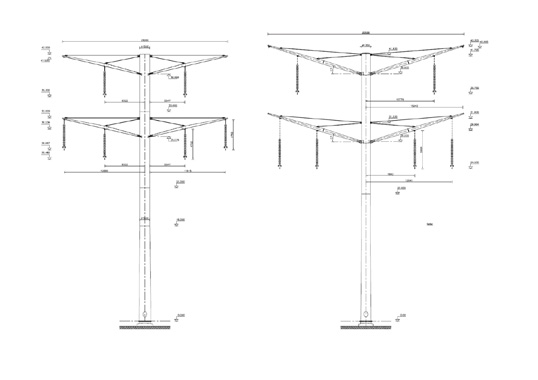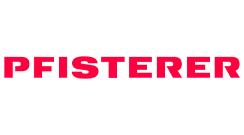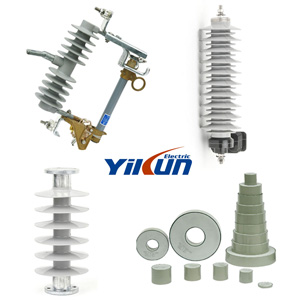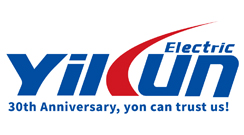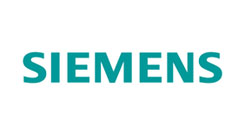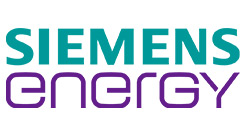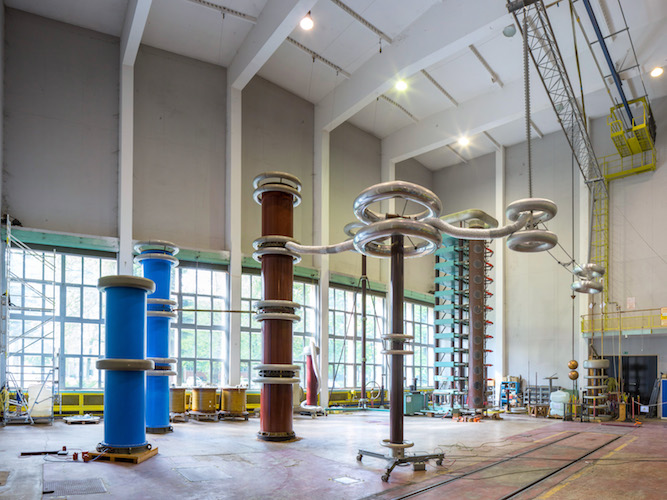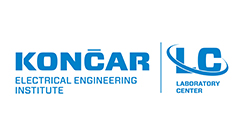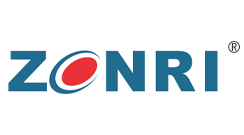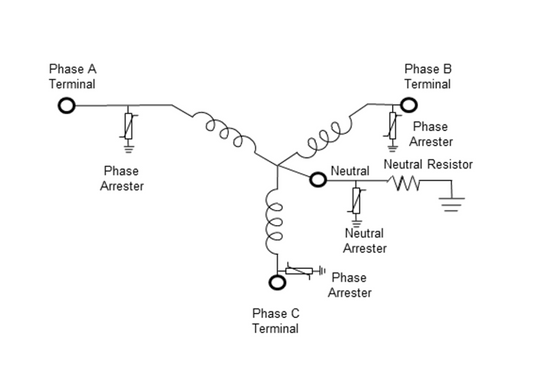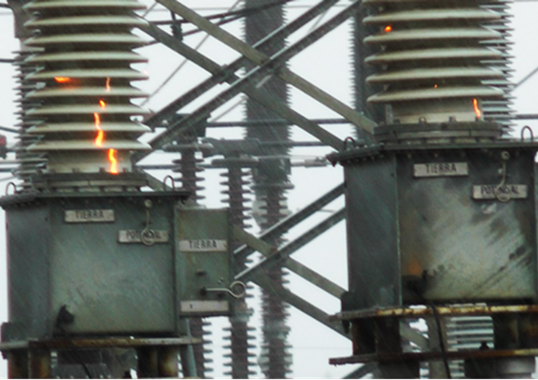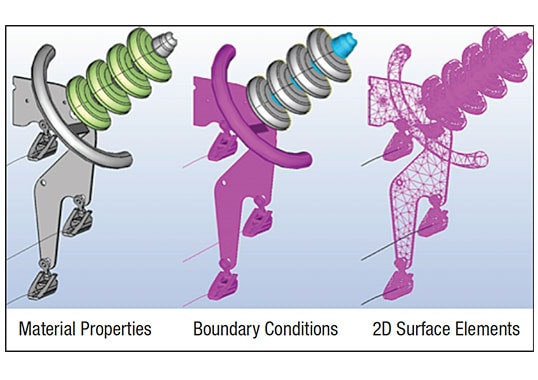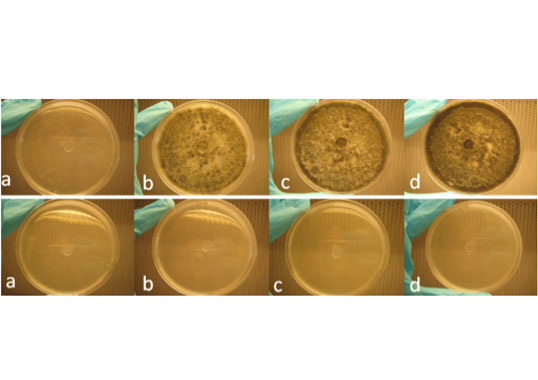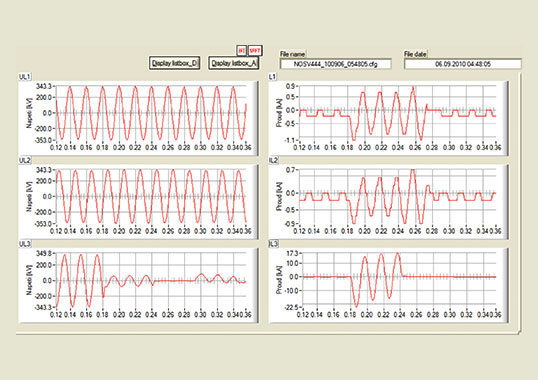There is the political intention in Denmark that the energy sector be 100% emission free by 2050 and that all electricity production must meet the goal of being environmentally friendly by 2030. As such, many predominantly wind power plant projects, both onshore and offshore, have recently been in various stages of planning and development. This has led to a total re-think of electricity infrastructure and how best to cope with energy input that is mostly unforeseeable.
One of the strategic goals at Danish TSO, Energinet, has therefore been to become an Energy Hub by establishing additional interconnections with other countries. This way, when there are periods of calm winds, energy can be imported from other areas and, when there is large wind production, excess power can be exported. But having such large interconnectors has placed new requirements on transmission grids given the huge amounts of power that will need to be transferred. To ensure enough capacity within the grid, new overhead lines (OHL) are needed and have been planned.
This edited past contribution to INMR by Energinet discussed how new tower designs have been researched and tested to help overcome public opposition to new lines while at the same time also meeting the requirement of reducing costs.
Establishing any new overhead line these days is seldom without issues since there is often strong public opposition. For example, the most recent new overhead transmission line in Denmark, running between Kassø and Tjele, had to employ special design structures, called Eagle Towers (see Fig. 1). Construction of the line was deemed a success and use of these design towers received a high level of public appreciation.

The Eagle Tower design, however, came with the downside of increased cost compared to the lattice towers traditionally used in Denmark but now no longer accepted. At the time of construction of this line, the only real alternative to these design towers was putting cables in the ground, which came with a host of other issues. Now, as the need arises for new transmission interconnections, a project has started to investigate possibilities for a new design tower where the focus is still on aesthetics but now also on reducing cost.
Optimizing Eagle Tower Design
The reason for looking to optimize the Eagle Tower design was that a new OHL is in development and planned to use these due to their success on the earlier project. Tower optimization would aim not to compromise design but rather to maintain the same basic visual expression as the existing design. To ensure that cost and aesthetics were both taken into account during this process, an architect and an engineering firm were hired – the former to ensure the design was kept the same or improved and the latter to calculate the impact of each idea to reduce cost. The first task was to establish a baseline budget using experience and information from the earlier Kassø-Tjele Project. The budget included all relevant items that would directly or indirectly be affected by tower design. For the sake of simplicity, it was decided to limit investigations in order to ensure that the all the different ideas could be compared with regard to total cost. The baseline was then calculated according to the following:
• Cost to be evaluated in price/km;
• Cost to be based only on the tallest suspension tower and not include tension towers, etc.;
• Span to be used as baseline would be 330 m (instead of the original 360 m) since this was the actual average between towers on the last project;
• All new prices would be converted back to their 2013 equivalents to ensure comparability to data from the Kassø-Tjele line.
Based on these prerequisites, the baseline budget was made and grouped into the following cost categories:
• 42 m Eagle Tower
* Cost of towers including delivery to site but without installation;
• Foundation
* Including monopile, cast-in section, ramming of monopile and installation of cast-in section;
• Insulator Arrangements
* Including insulators, fittings, etc.;
• Installation of Tower
* Including tower installation and drive plates
• Compensation to Landowners
• Conductors
* Including earth and phase conductors as well as their installation.
To evaluate visual impact of various cost reduction proposals, architects came up with a scoring scheme whereby the visual impact of any changes could be compared with the existing Eagle design. Scores went from 1 to 5, where 5 was considered as having a negative visual impact and 1 was considered to represent a significant improvement. A score of 3 was considered neutral, with no clear aesthetic difference to the original design.
Identifying Cost Saving Possibilities
With the evaluation scheme in place, work began identifying various options to reduce costs. To start, the advisors were asked to review existing design and specifications and return with ideas to optimize the tower. At the same time, experience within Energinet in regard to design, production and installation was gathered and investigated to establish whether any obvious steps could be taken into consideration. This was done by contacting all individuals who had worked in development or installation of the original Eagle towers – both internally and externally. During this phase, the basic approach set out to all participants was that all aspects of the existing design could be challenged since all previous decisions could affect cost, one way or the other. Based on this investigation, a list items were identified for further study of which the following were eventually selected as most appropriate:
• Using high strength steel (i.e. S460 instead of S355);
• Optimizing conductor geometry;
• Materials and surface treatment;
• Using slip-joints instead of internal flanges;
• Reducing conductor diameter;
• Increasing tower diameter, including investigation of tapered tower sections;
• Simplifying cross-arm design;
• Establishing monopile foundation without cast-in section.
Together, all these items were estimated to allow cost of the tower to be reduced by about 180,000 Euro per km, yet with only minor changes to visual impact (see Fig. 2).
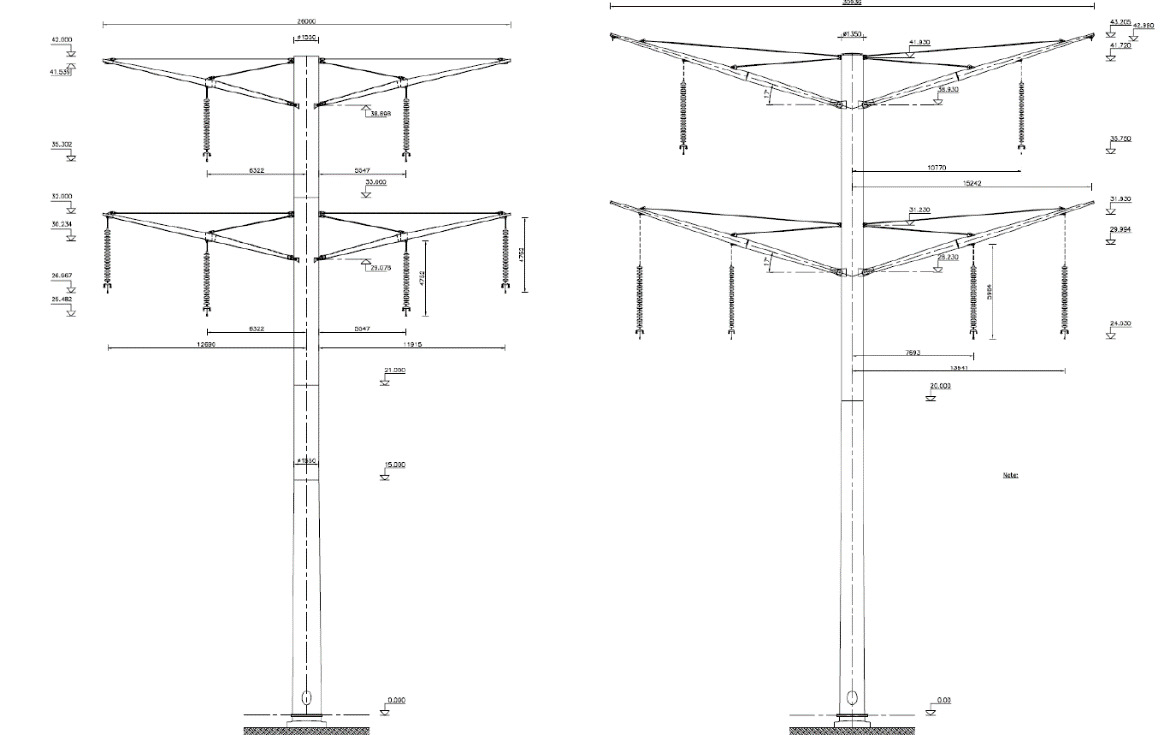
Testing Tower
Due to the scale of proposed changes in design, it was decided to test the optimized tower design according to EN 50341. This allowed the opportunity to determine whether actual cost savings were in line with the expectations prior to purchasing optimized towers for the complete line and also if these new towers could be erected as expected. The test was therefore considered to consist of the following:
• Production of Tower
* To investigate if use of S460 would yield the calculated reduction in cost;
* To test constructability of the tower.
• Establishment of Test Tower (Complete Construction)
* To test if the installation of monopile could be done as expected (without cast-in section);
* To evaluate the consequences of ramming directly on the flange of the monopile;
* To observe rotation of the monopile during ramming
* To evaluate the shim-plate solution, designed to correct for any deviation during ramming;
* To evaluate any complications from establishing the tower with oval bolt holes (to correct for any rotation in the monopile).
• Static Test
* To ensure that the tower could withstand the static requirements set out in EN 50341.
In each part of this test, another requirement was that all reflections, observations and ideas for further optimization had to be captured and noted.
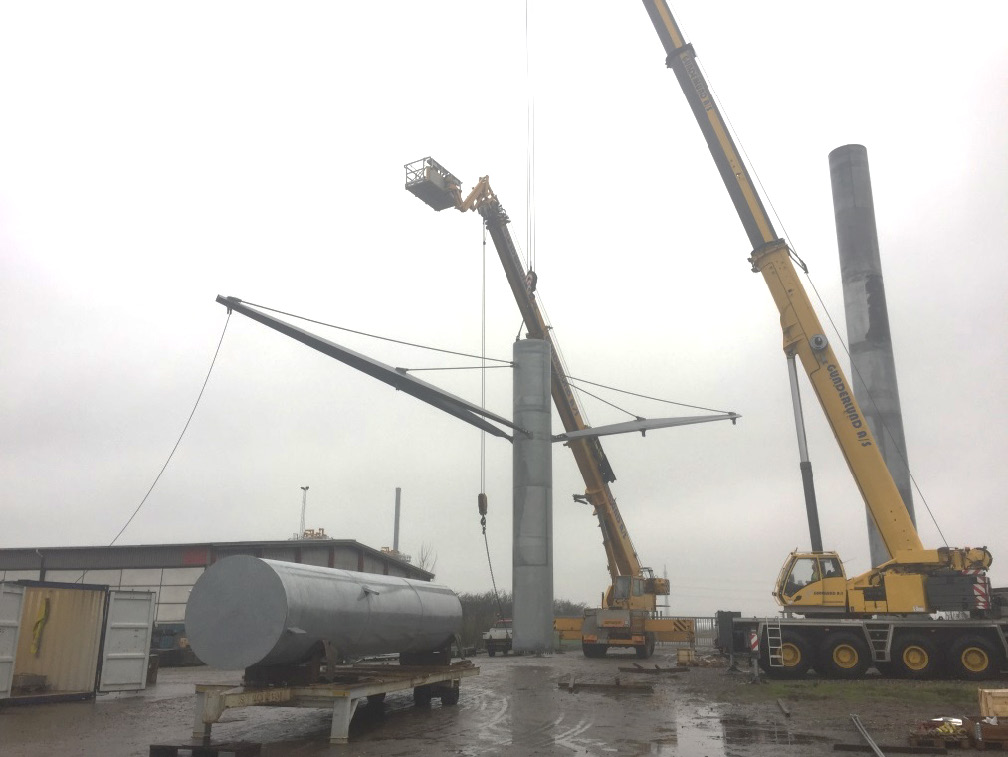
Conclusions From Eagle Tower Optimization
Even though some of the updates made to the Eagle Tower were considered optimistic and potentially risky compared to former practices, the test ensured confidence in the optimized design. Moreover, it also gave valuable insights into the consequences of decisions made during the optimization process.
Based on the tower test, some items previously identified as offering potential for cost savings proved to be not as expected. For example, during procurement of the test tower, it became clear from the tenders that working with S460 came with downsides not considered during the evaluation. It was therefore decided to revert back to using S355 prior to final procurement of optimized towers for the new OHL. Other items, however, were deemed a success even though some had been considered as risky to constructability of the tower. One example here was the choice to remove the cast-in section to connect monopile foundations with towers. This was because ramming the monopile proved to be within acceptable deviations and yielded confidence in this solution.
Another important decision came from investigating use of the slip joint. Even though this had been deemed as not possible given the size of this tower, it still gave insight into the potential for cost savings of removing a single flange connection. A great deal of effort was therefore put into trying to optimize tower section lengths to determine if the number of sections could be reduced. This process concluded by eliminating one section on the largest towers and contributed greatly toward cost reduction.
Overall, the entire optimization effort was deemed a success since the cost reduction target proved close to expectations, after correction for inflation. In fact, the new optimized tower is now being built on a new OHL that runs in south Jutland from Kassø to the border with Germany.
Development of New Design Towers
A final element of this same Project was to develop a totally new structure design to replace the Eagle Tower on future overhead line projects. This work began after cost optimization of the Eagle Tower concluded and knowledge gained during the process was kept in mind when searching for a new design tower. The architects and engineers continued to work together in this part of the project since it was felt that engineers could challenge the design and propose more cost-efficient solutions while architects could ensure that any final design kept in line with the desired design philosophy. The basic requirements for development of a new tower included:
• More cost-efficient than the optimized Eagle Tower;
• Lower in height than the Eagle Tower;
• Minimum one lattice solution;
• Same technical requirements as the optimized Eagle Tower.
With these in mind, the team of architects and engineers came up with sketches of possible design solutions, each of which was then evaluated in regard to expected cost (see Fig. 4 for some of these proposals).
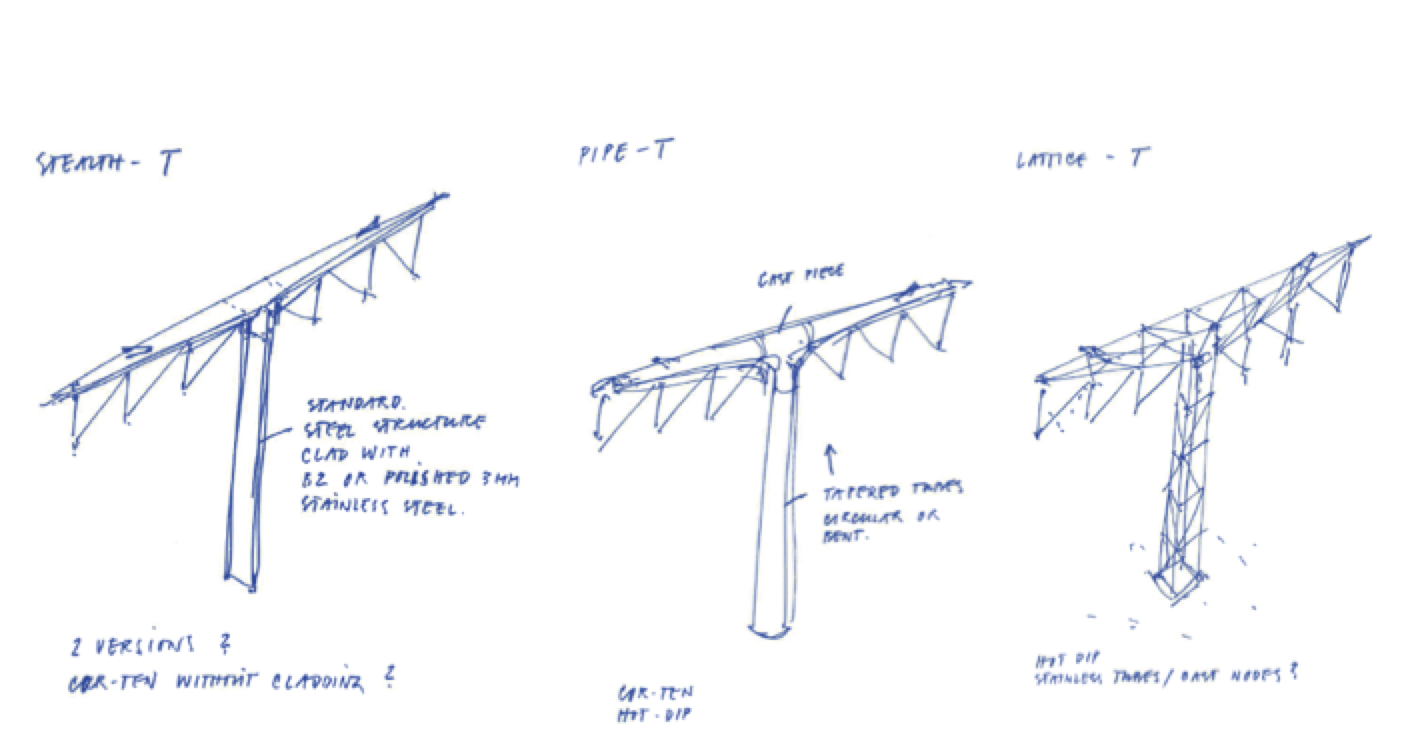
Based on estimated cost and aesthetic evaluation of each solution, a decision was made to allow the team to proceed with two solutions: one a tubular solution (in two versions); and the other a lattice solution (shown in Fig. 5). Both solutions are referred to as Thor Towers, differentiated by adding Lattice or Tubular, depending on type of tower.
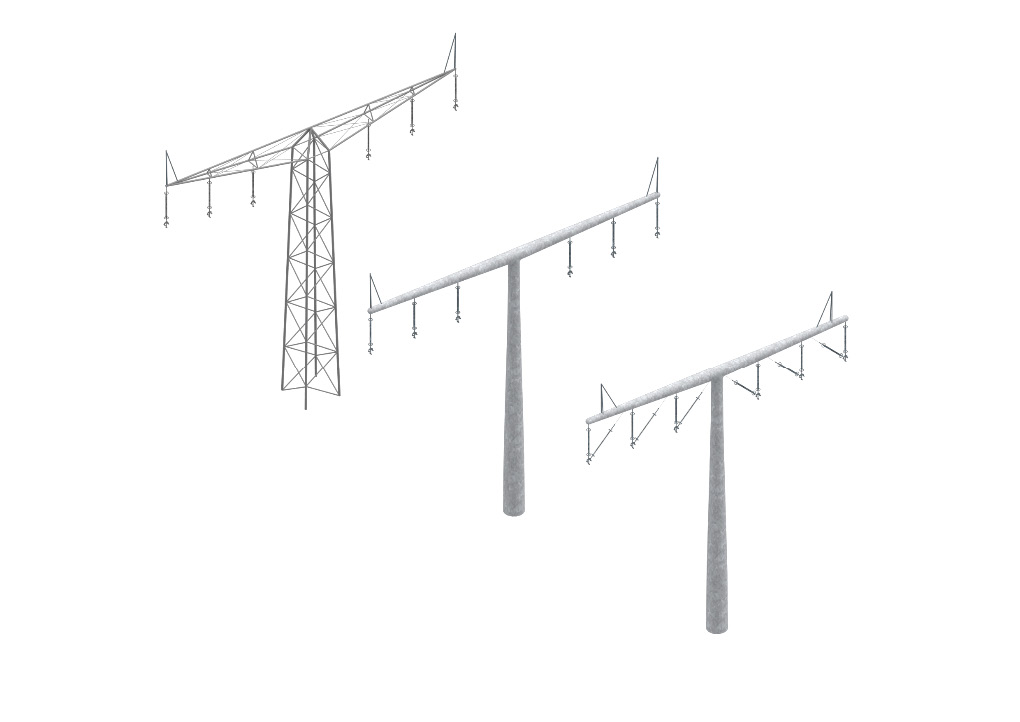
The tubular solution was then selected due to positive recent experience with the Eagle Tower, which had received mostly favorable comments from the public. Moreover, it was different than traditional lattice towers and a tubular solution was already known to Energinet and therefore came with only minor uncertainties in regard to constructability. This tubular solution is designed in two versions, with the insulator arrangement being the main difference between them. Using a V-insulator configuration, total width of the tower can be reduced but at higher cost. With an I-insulator configuration, total cost of this tower solution was approximately 33,500 Euro less per km than the optimized Eagle Tower. This tower is about 10m lower than the optimized Eagle Tower and 10m wider.
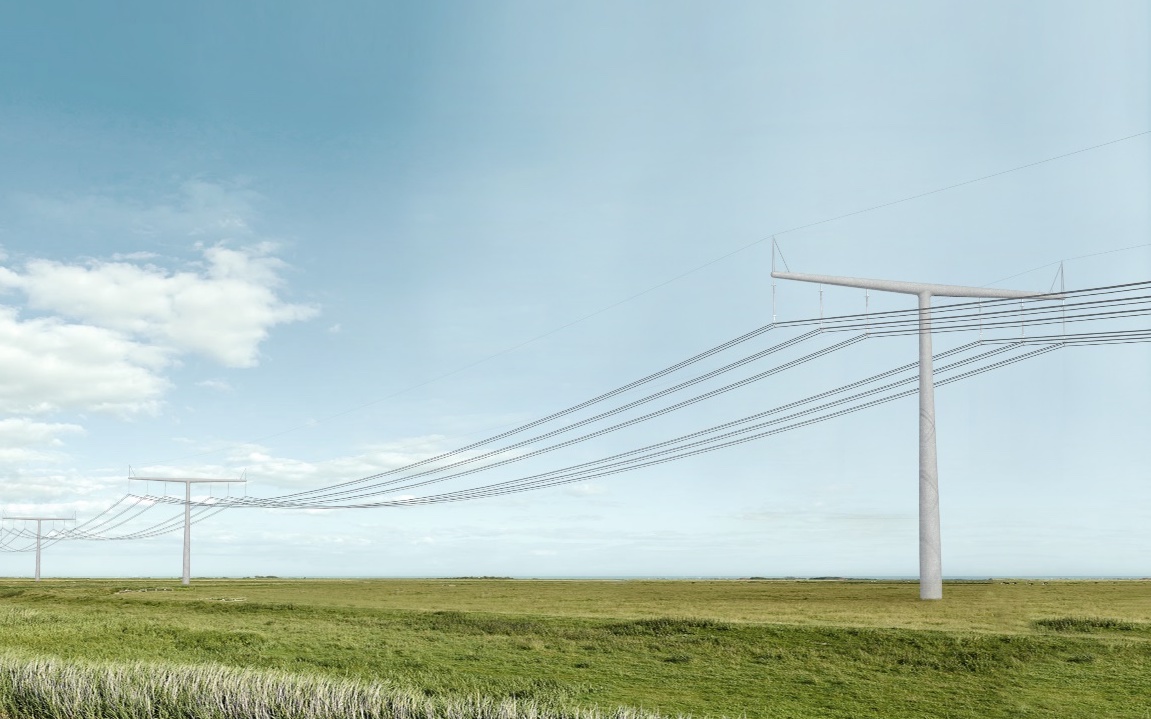
The lattice tower solution is designed using round steel members instead of the angle steel members used on traditional lattice towers. The properties of round steel members make it possible to reduce the amount of members throughout the tower, making it far simpler and ‘lighter’ compared to traditional lattice towers. This tower solution is expected to be some 115.000 Euro less per km than the optimized Eagle Tower. Compared to the traditional Donau lattice towers formerly used in Denmark, the Thor lattice version is expected to cost about 30,000 Euro more but with significantly greater aesthetic expression.
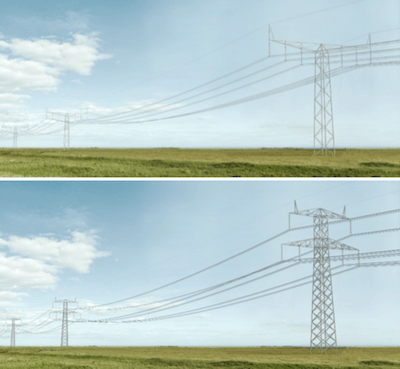
After adoption of both solutions as potential towers for use on future overhead line projects in Denmark, one of the unknowns was: how would a lattice tower design be received by the public?
Public Hearings
When the need arose for a new line on the Westcoast of Jutland, the lattice design was taken into consideration during project planning and development. Due to the cost reduction expected, it was decided to use the new tower and, when public hearings commenced, the lattice version was shown alongside the Eagle Tower. Both were presented as 3-D models together with illustrations of how they would appear in the local environment, to offer an idea of how they compared in appearance. In general, there was strong opposition to a new OHL but this was not focused so much on tower design as on the fact that the line would be “in their backyard”. During hearings, a lot of people stated they would prefer the lattice tower over the Eagle Tower since it was deemed less visible in the landscape. This result gave Energinet comfort in using this tower design for the new line. In fact, the Lattice Thor Tower is now in the detailed engineering phase given that it has been chosen for the full length of the new 170 km line that will run along the West coast of Jutland.
Procurement of Test Tower
As with the Eagle Tower, the process of procuring the Thor Lattice Tower, has started but not quite with the results expected during the design phase. Even considering that some increased cost should be expected on any prototype tower, as work progresses there is an effort to better understand which elements of the design are responsible for increasing costs. It is still believed that the cost target will be achievable but since use of tubular steel of this scale is comparatively new, more work will be needed on this tower.
Conclusions
Returning to traditional lattice tower designs is not an option for Energinet and the last few years have made it clear that the public appreciates every effort made to reduce visual impact of new overhead lines. Moreover, it has also become clear that adjusting how “lattice structures” are viewed can create elegant solutions while also helping control costs. The processes involved when optimizing the cost of the original Eagle Tower prior to the development of new towers gave engineers an indication of which ideas would work best. Subsequently, as new towers are being produced and tested, additional ideas for optimization may become clear and these should be implemented before final procurement of towers for any new OHL.
Requiring that engineers and architects work together during all aspects of tower development and optimization ensures that solutions will be a compromise between design and cost efficiency. Architects often think ‘outside the box’ and this challenges standard decisions while engineers ensure that solutions proposed are realistic, possible to manufacture and cost effective. Though the process has so far proven mostly positive, the new towers developed are not yet perfect in regard to design. It is therefore important that these methods be maintained to ensure that solutions to reinforce the transmission grid in Denmark, and elsewhere, are aesthetic as well as cost efficient.

